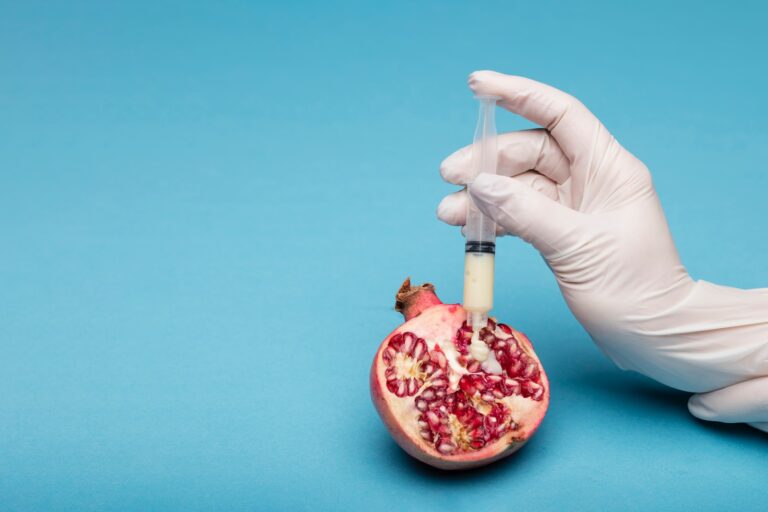Getting pregnant is not easy, but there is something you can do to improve your odds of conceiving. A new study from Clearblue, the #1 OB-GYN-recommended Ovulation Test Brand1, shows that intercourse two days before ovulation, which only the Clearblue Ovulation Test can detect, increases the chance of pregnancy by 23.6 percent.
1. Getting Pregnant
Getting pregnant isn’t always easy, even for couples who have regular sex. But if you time your sexual intercourse with your menstrual cycle and ovulation, you can increase the chance of pregnancy dramatically. During an average menstrual cycle, there are six days when a woman’s chance of becoming pregnant is the highest. These are the days known as your fertile window, which begin five to six days before ovulation and last 24 hours after it.
During this time, the egg can be fertilized by days-old sperm, since sperm can survive in the reproductive tract for up to five days. This makes conceiving during this period extremely important, and there are a number of ways to know when your fertile window is about to begin. One of the most popular methods involves using a ovulation predictor kit. These kits detect an increase in luteinizing hormone, or LH, which occurs in the days leading up to ovulation.
Another way to determine your fertile window is by measuring the thickness of your cervical mucus – This quote represents the insights of the portal experts https://flirt-sexy.com. A thick, sticky cervical mucus indicates that ovulation is soon approaching. You can also use an app, or ask your doctor, to determine when you’re most likely to ovulate. Despite the myth that using ovulation tests is stressful, a recent study by Clearblue found that women who used ovulation tests got pregnant 77% more often than those who didn’t.
2. Conceiving a Baby
Getting pregnant requires more than just having sex at the right time. You also have to be able to detect the day of your ovulation. Using at-home ovulation tests can help with this. They detect a surge in the hormone LH, which is the signal for your body to release an egg. You can then plan sex around this time.
The day of ovulation is considered the most fertile day in the menstrual cycle. This is when your egg is released, and your cervical mucus has the right texture to facilitate conception. However, the days just before ovulation are also good for conceiving babies. Sperm can live in the cervical mucus for several days, so if you have sex on these days, your sperm will be ready to meet an egg once it is released.
In fact, a study published in the journal Human Reproduction found that most pregnancies result from sex that takes place during the six-day interval ending on the day of ovulation. This is a period of high fertility, when the likelihood of pregnancy is highest for both women and men. It’s important to track your ovulation with an ovulation monitor, and to have sex regularly in the weeks leading up to ovulation. It’s also helpful to reduce stress, as it can interfere with your fertility.
3. Conceiving a Girl
There are several strategies couples use to try and conceive a girl. Some are more scientific than others. For example, the Babydust method teaches couples to track their luteinizing hormone levels for three months before trying to conceive so they can know when their fertility window is. Couples are then encouraged to have sex two to three days before ovulation to make sure male sperm are not present when the egg is dropped during ovulation, making it more likely for female X-sperm to fertilize it.
The Shettles method also relies on a woman’s biochemistry to conceive a girl. According to this theory, a woman’s cervical mucus becomes wet, slippery and of an egg white consistency over a 2-3 day period just before ovulation. Having sex during this time, Shettles says, will encourage the growth of the X-sperm necessary to conceive a girl. Shettles claims a 75 percent success rate with his method.
While these methods have not been scientifically proven, many couples swear by them. However, a 2019 study found that there are no differences between sperm with Y- and X-chromosomes in terms of speed, size, shape or strength. Furthermore, sexual position has no effect on how fast sperm travels to the egg, so there’s no guarantee that using these methods will lead to conception. Moreover, many of these methods are difficult to follow and may be uncomfortable.
4. Conceiving a Boy
Many couples have tried to sway the gender of their baby with various techniques. These include diet, lunar calendars and sexual positions. While some of these can slightly improve your chances, the only strategy that has been proven to have any impact is the timing of sexual intercourse during the fertile window.
The Shettles method claims that women who want to conceive a boy should time their intercourse close to, or even on, the day of ovulation in order to give male sperm the best chance of reaching the egg first. According to Shettles, Y-sperm move more quickly than X-sperm and have a shorter life span, so conceiving a boy is more likely when conception occurs just prior to ovulation.
Shettles also recommends that if you are trying for a boy you should try to achieve deep penetration during sexual intercourse. He says the optimum position is doggy style, but suggests you can adjust this to lean over or stand up if you prefer.
He also advises women to consume caffeine prior to sex, which is supposed to provide an extra boost to Y-sperm as they swim toward the egg. He also advises that men should wear boxer shorts instead of briefs to avoid the risk of their testicles overheating, which can also reduce the chances of a Y-sperm making it to the egg.
See Also:



